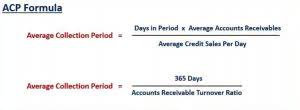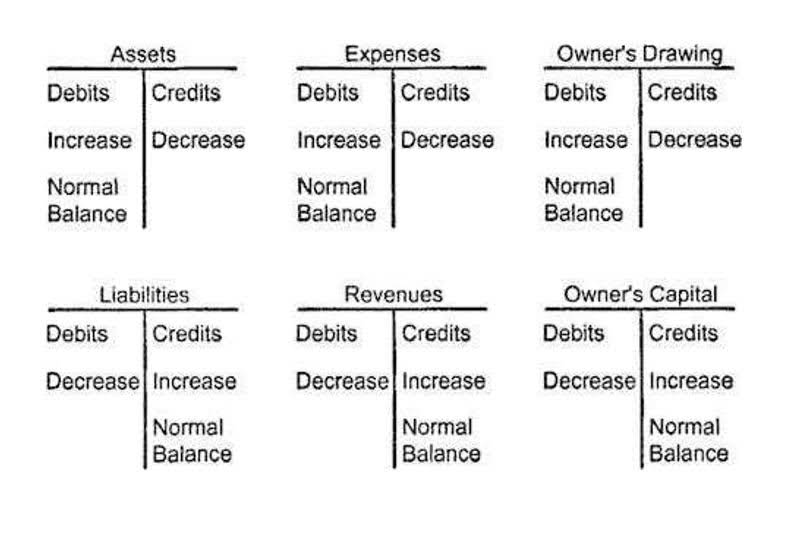The 6 Best Accounting Software for Nonprofits of 2022
Content

Your IRS Form 990 is the annual tax form that your nonprofit accounting team submits to maintain your tax-exempt status with the federal government. Some states also require a copy of your Form 990 for your organization to maintain compliance with state charitable registration requirements. We selected the top seven accounting software companies for nonprofits after reviewing 20 different well-known companies. We evaluated each accounting https://www.bookstime.com/ software program based on its features, pricing, ease of use, and customer reviews on Capterra. Nonprofit accounting is vastly different from for-profit accounting. Nonprofits are backed by donations and grants, so they have strict financial accounting standards they have to meet. In terms of reporting requirements, nonprofits have to meet FAS 116 and FAS 117 (Financial Statements of Not-for-Profit Organizations) standards.
How do nonprofits analyze financial statements?
- #1: Liquidity.
- #2 Program expenses as percentage of total expenses.
- #3 Sources of unrestricted recurring dollars.
- #4 Liabilities as percentage of total assets.
- #5 Full-cost coverage.
- #6 Fundraising expenses as percentage of total contributions.
By addressing these opportunities for improvement now, you’ll help keep financial data secure and well-reported in the future. Because nonprofits operate the same as a for-profit business, overhead is necessary for any nonprofit organization to function. For example, you have to pay people to run the nonprofit, dedicate an office space to get work done, and invest in a website to reach the public. Since 2017, you’re also required to disclose the “nature” of the activities your nonprofit lists on this report. For example, what percentage of your postage needs are for marketing materials and direct mail fundraising versus administrative duties like paying bills. Without access to accurate financial reports and expert financial guidance, your organization will never be prepared for what’s coming next.
Nonprofit Bookkeeping & Accounting For Dummies Cheat Sheet
We keep your books audit-ready by handling the bookkeeping, accounts receivable, and payables with allocations, reconciling the finances, and providing financial reports to satisfy your stakeholders. We are a Long Island NY CPA firm providing local businesses and individuals with tax and accounting services.

Your nonprofit’s donors have the right to set restrictions on the donations they contribute to your organization and grant funders want to make sure their funds are spent on the agreed-upon programs. These restrictions mean that you have to ensure their funds are spent in a way that the supporters approve of.
Don’t overthink overhead expenses.
Nonprofit revenue sources include donations, program fees, sales income, membership dues, investment income and proceeds from fundraising events. Nonprofit expenses include rent, salaries, travel, postage, financial services and fundraising expenses. FASB 117 also requires that nonprofits group expenses under management and general, program and fundraising or membership development. Although, as with any business, financial transactions are recorded in a system of accounts that comprise the organization’s ledger, recording charitable donations requires additional detail. FASB 117 requires nonprofits to record charitable contributions as unrestricted or as temporarily or permanently restricted. Many small and midsize nonprofit organizations have excellent accounting software and keep their financials in good order, but need help when it comes to donor management and donation tracking. If you’re relying on multiple spreadsheets or outdated databases, Sumac can be an affordable upgrade that can streamline how you work with your constituents.
When you reconcile your bank accounts, all you’re doing is comparing each transaction from your bank statement with the ones you have in your books. We recommend doing a bank reconciliation at least once a month to make sure your books are up to date and accurate, to help track cash flow, to prevent fraud and to detect bank errors. Our professional opinion is that the majority of nonprofits will benefit from outsourcing their bookkeeping and accounting needs, working directly with nonprofit accounting experts. It’s an affordable option that can provide access to deep nonprofit accounting experience and expertise. Filing the annual Form 990 is a key aspect of nonprofit accounting, and one that can’t be overlooked. Form 990 is the annual tax form that tax-exempt (e.g. 5013) organizations are required to file each year to remain compliant with the regulations and requirements set by the IRS.
Use Nonprofit Accounting Software
Operating from a place of financial chaos hinders your nonprofit’s mission impact. Nonprofits looking for additional sources of income should pay close attention to the key differences between advertising revenue and sponsorships. Because the Internal Revenue Service has a very different definition for both of these terms and not knowing these differences can lead the nonprofit to pay unrelated business income tax. Member benefits specified in membership agreements embody goods and/or services that a nonprofit has promised to transfer to members. These promises are deemed “performance obligations”, and the transaction price for each good/service must be accounted for when recording membership dues. Although this practice helps the nonprofit secure items and services that it may not be able to afford on its own, there are also accounting implications that the nonprofit must consider. Many nonprofits receive donated goods and services in lieu of cash contributions.
- While you may not have entered the nonprofit sector to become a financial expert, nonprofit accounting is vital to the success of your organization.
- Setting and revisiting your nonprofit budget shouldn’t be a one-time task on your to-do list.
- Operate your business from a place of abundance to maximize mission impact.
- It’s crucial that you account for all in-kind or non-cash contributions as well.
- Sumac was launched in 2003 and supports thousands of nonprofit professionals around the world.
Your nonprofit bookkeeping services utilize our nonprofit accounting software, which includes online giving & donation tools. This means you can access your financial reports anytime, share reports with your leadership, manage donations, and accept giving online. Many nonprofit bookkeeping nonprofit organizations end up cobbling together accounting, donor management, and payroll services by using multiple programs, making things confusing during end-of-year reporting. The nonprofit’s revenue and expenses differ from those of a for-profit business.
Create a Chart of Accounts
This will allow you to focus on the mission of your nonprofit, without having to worry about managing the books. Instead, you can use an outsourced bookkeeping service that specializes in nonprofits. These firms have the experience you need for accurate nonprofit bookkeeping. Sometimes foundations or businesses will match any contribution made by employees with a grant.
As you begin to set up your accounting system, the next step you’ll want to take will be to create a chart of accounts. The chart of accounts is essentially the table of contents to your accounting system. In setting it up you need to decide your activity centers, income and expenses. Establishing sound internal controls is important for every nonprofit. These controls help ensure funds are not misappropriated and help keep fraud from occurring. However, establishing internal controls can sometimes prove difficult.
Reviews
Whether you need bookkeeping for your nonprofit, accountant services for your small business, or something else, Good Steward Financial offers plans that address your needs. Working with Nonprofit Bookkeeping allows our non-profit to innovate and grow to further impact the needs of our community. Their insights and knowledge of our business help us to better understand our financials and related outcomes.
- My experience inspired me to share some basic bookkeeping best practices for nonprofit organizations.
- If you upgrade to the local network version—which costs $220 for the first year—up to five users can access the database at once.
- Don’t spend another night worrying about your books being in chaos.
- Our goal is to be sure you understand the proposal and get the best value for your budget.
- After the meeting, you will receive a follow-up email to provide us access to your systems to conduct a diagnostic review of your accounting system and records.
- You will receive a customized proposal with a short video outlining your organization’s goals, our solutions, and the fees.
If a donor does not restrict the donations they provide, that money can be added to your organization’s annual fund and used for overhead, programs, or any other expenses. You always have access to your financial records and can switch to a nonprofit accounting software only subscription at any point with a 30-day notice if you decide to manage the books yourself. For example, accounting software can be used to store and track your organization’s expenses, payroll, and transactions.
It offers comprehensive accounting, fundraising, and payroll services and can be accessed from anywhere in the world. The price for Sumac ranges from $35 per month to $250 and up per month, depending on your organization’s needs and number of records.
With our guidance, your organization will preserve the integrity of your transactions, demonstrating transparency for donors and compliance with government regulations. We’ll also show you how to keep or apply for tax-exempt status with the IRS and will prepare your Form 990 tax return at year-end. While this may seem like a no-brainer, it is surprising how often organizations do not stringently adhere to current accounting industry standards and operate seemingly at random. These guidelines will help you transparently tell your organization’s story through its financials. QuickBooks Online is a software that organizes your data for better cash flow management and easy-to-understand, actionable financial reports— but only if you know how to set up and use it properly.